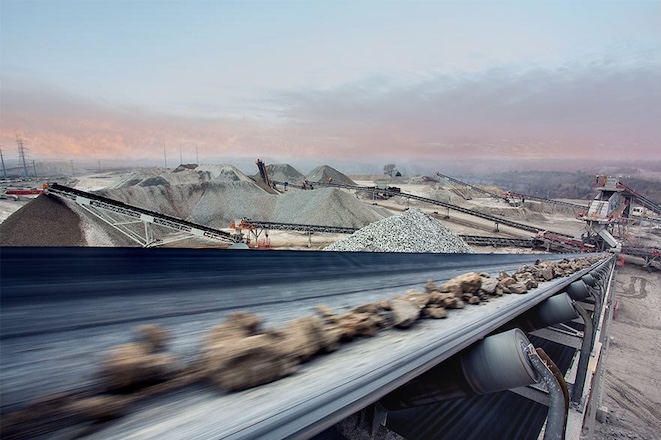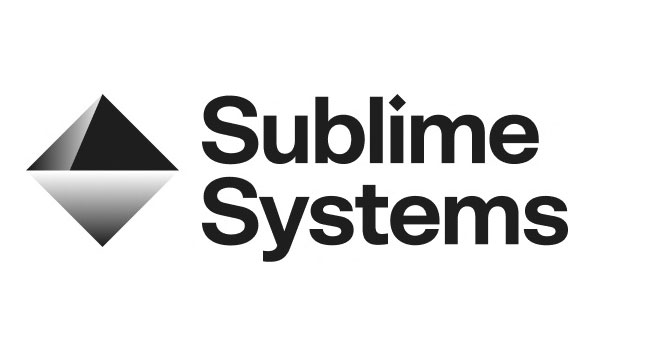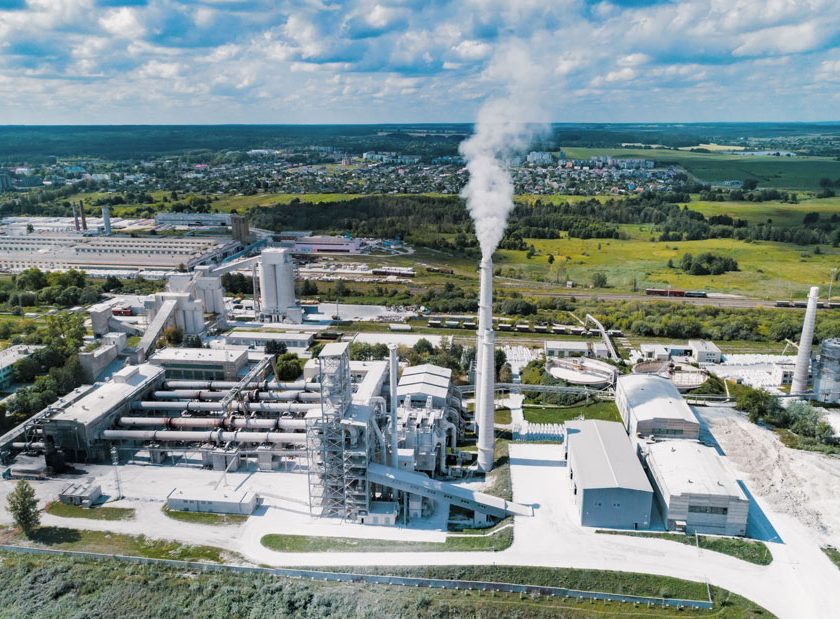Source: American Coal Ash Association (ACAA), Washington, D.C.
Coal ash recycling in the U.S. remained below 2008 levels for a third consecutive year in 2011—stalled after nearly a decade of growth of a practice that conserves energy and natural resources, reduces greenhouse gas emissions, and safely keeps ash out of landfills and disposal ponds.
The turnaround occurred as the U.S. Environmental Protection Agency proposed coal ash regulations that could designate the material as “hazardous waste” when disposed. Growing numbers of ash producers, specifiers and users have restricted coal ash processing and orders in light of the regulatory uncertainty and publicity surrounding EPA’s activities. “Ash recycling has leveled off,” said ACAA Executive Director Thomas Adams at a late-November media briefing in Washington, D.C. “The ongoing regulatory uncertainty and a drumbeat of misleading publicity about the safety of coal ash are combining to impede the beneficial use of the material. The loser, unfortunately, is the environment as millions more tons of coal ash needlessly wind up in landfills.”
According to ACAA’s just-released “Production and Use Survey,” 43.50 percent of the 130.1 million tons of coal ash produced in 2011 was beneficially used. That recycling rate is a slight uptick from 42.50 percent in 2010, but still below the 44.53 percent utilization rate charted in 2008. Ash utilization also remains down in absolute terms. At the 2008 peak, 60.6 million tons of coal ash was recycled. In 2011, utilization was 4 million tons lower at 56.6 million tons.
“If the past three years had simply remained equal with 2008’s utilization, we would have seen 14.2 million tons less coal ash disposed in landfills and impoundments,” said Adams. Key individual categories of coal ash use also remain flat. For instance, fly ash used in concrete production was 11.7 million tons in 2011, up slightly from 11.0 million tons in 2010 but still below 12.6 million tons in 2008.
The plateau in recycling rates and volumes stands in stark contrast to the previous decade’s trend. “Throughout the 1990s, recycling rates were in the 20s,” Adams affirmed. “In 2000, when the recycling rate was 29.7 percent, the EPA issued its Final Regulatory Determination that regulation of ash as a ‘hazardous waste’ was not warranted. Over the next eight years, EPA also began actively promoting the beneficial use of coal ash and the recycling rate soared to 44.5 percent in spite of steadily increasing volumes of the amount of coal ash produced.”
The recycling rate stalled after 2008 as EPA reopened its coal ash regulatory agenda following the failure of a Tennessee coal ash disposal facility. “Supporters of a ‘hazardous waste’ designation for coal ash disposal like to say that higher disposal costs will lead to more recycling. This real-world evidence—coupled with the growing list of people ceasing the use of coal ash—completely contradicts that simplistic argument,” said Adams. “The fact is that coal ash disposal costs did not change much between the 1990s and 2000s. What caused the dramatic growth of recycling in the 2000s was regulatory certainty that encouraged people to invest in recycling rather than disposal and a supportive EPA that actively encouraged recycling. All of that is gone now. EPA’s ‘Final’ Regulatory Determination turned out not to be ‘Final’ and anti-coal groups lobbying for a ‘hazardous waste’ designation churn out a steady stream of misleading publicity regarding the safety of coal ash.”



